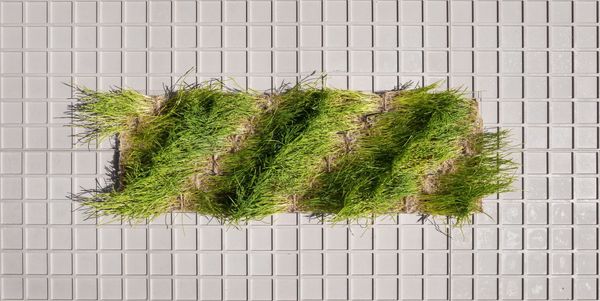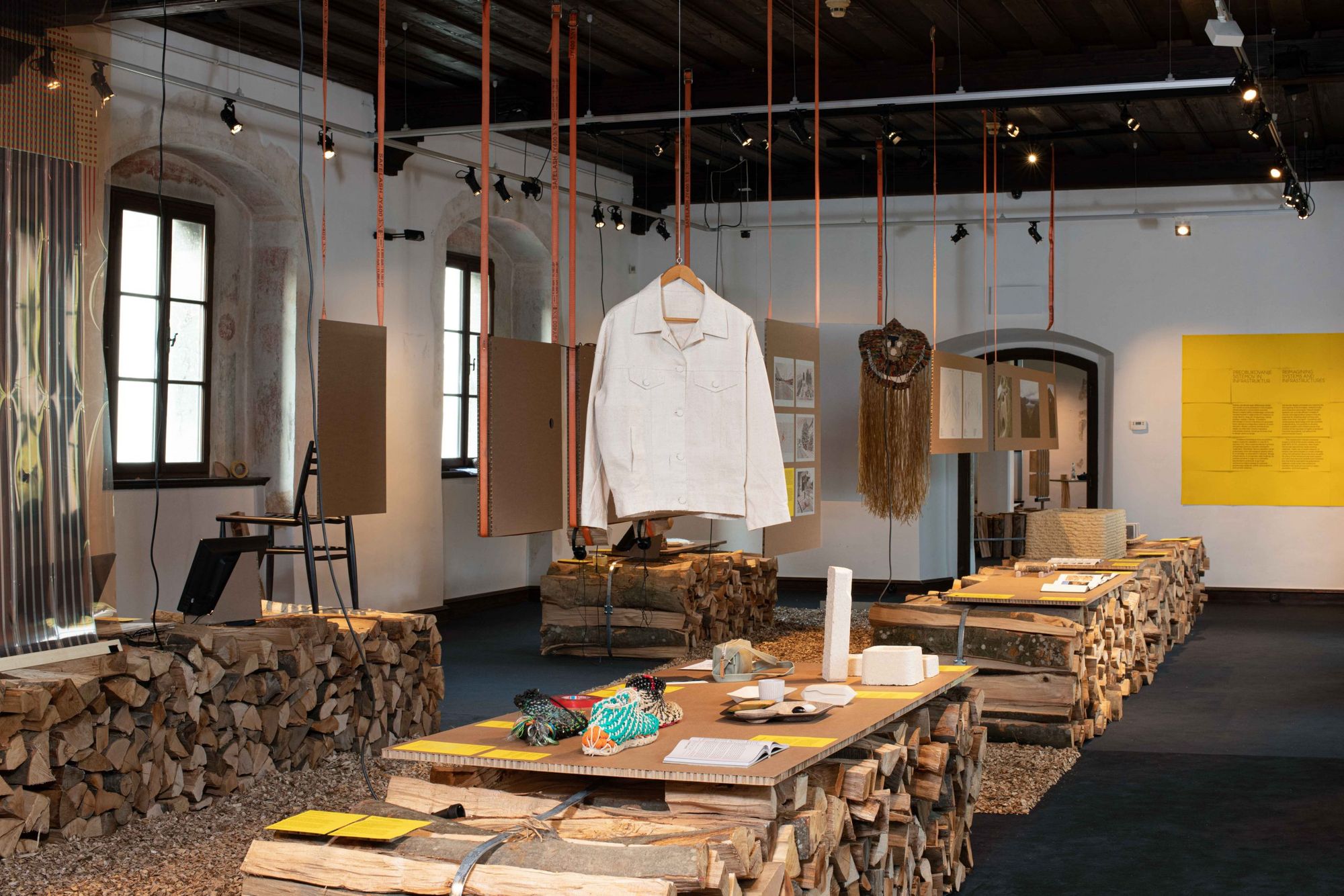The 27th BIO (Biennial of Design Ljubljana) Super Vernaculars program series finally gives depth to the overused “think global, act local” phrase. Drawing on old-time local assets, the main exhibition at this year’s Biennale features architectural and material design solutions that have the potential not only to mitigate the effects of climate catastrophe, but also bring about radical change if taken seriously. Our report on the BIO27 program.
This year was the second time I visited BIO, and my report on the 2020 event was one of my first articles to appear on Hype&Hyper. Back then, the information crisis of our time gave the Biennale its thematic focus, and this year’s topic is just as pressing as the previous one. London-based design curator and writer, Jane Withers, has been asked to organize BIO27, and she has taken the concept of possible ways out of the climate crisis, including the role of the vernacular, as the basis for this year’s curatorial selection.
Although the title (Super Vernaculars) works well in an international context, it needs some explanation for Hungarian readers and, according to Withers, also for Slovenians, whose dictionaries have not yet included the term vernacular. The word is not often used in Hungarian either: in a linguistic context, it is used when referring to the basic language, and in the architectural context, it refers to the practice of local communities building with their own hands using local materials and traditions. The Biennale builds on this idea, listing international projects that propose the use of local resources and possibilities (often practices from hundreds of years ago) as solutions to the problems of the 21st century.
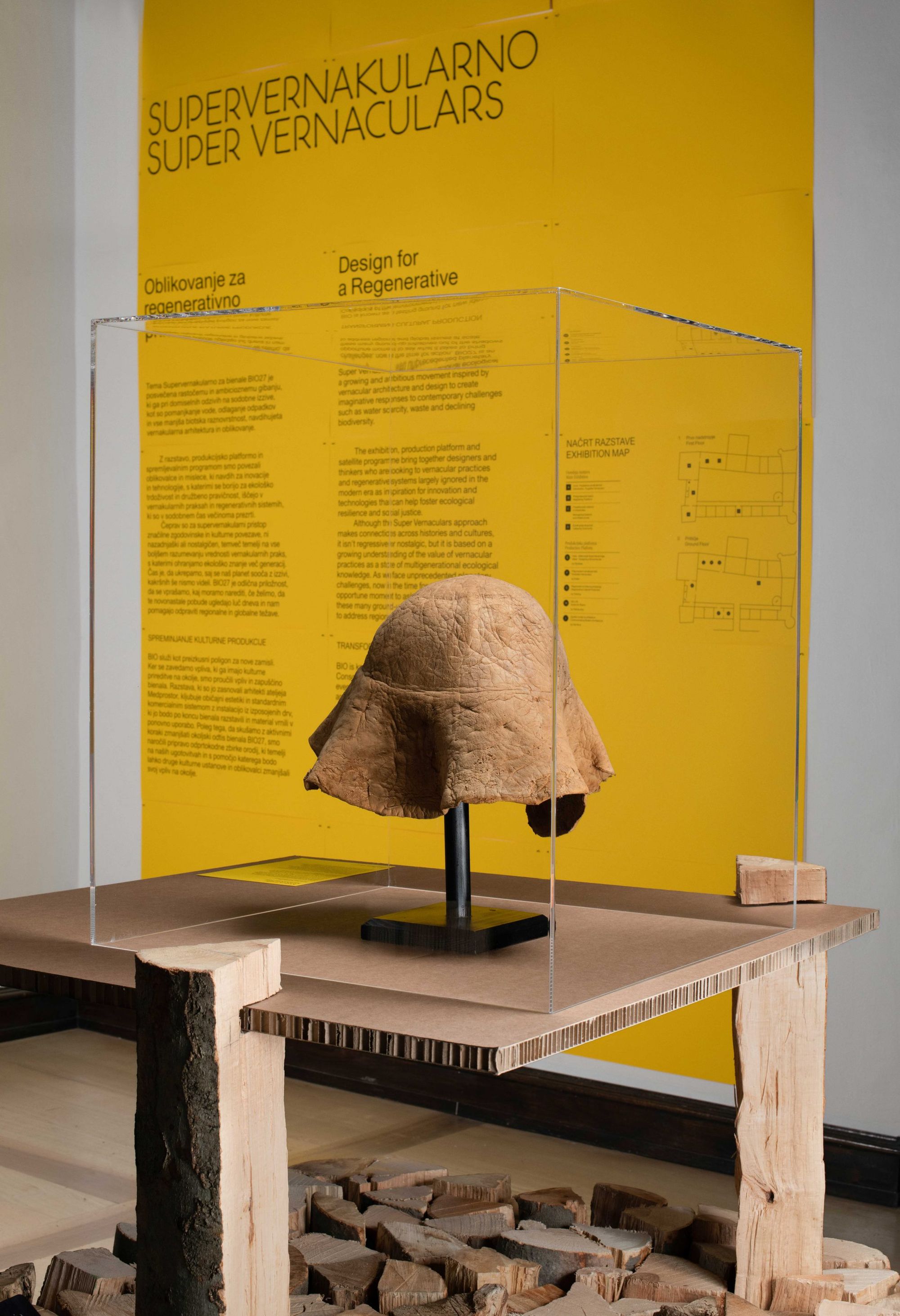
This year’s leading exhibition takes place in the Museum of Architecture and Design (MAO), where you are immediately greeted by something very local, old and yet innovative: a 19th-century worker’s hat made of mushrooms from the local ethnographic museum. Folk culture had a strong connection with mushrooms, whether we are talking about food, ingredients, or medicine. The debate on whether mushrooms can save the world is now well underway, with clothes, objects and meat substitutes made from mycelium all emerging as promises of the future over the past few years. In the exhibition, two rooms away, Ecovative Design’s mushroom packaging made from polystyrene is an apt contemporary reflection on the worker’s hat, and the two objects, when combined, illustrate what Super Vernaculars is all about: designers should respond to the challenges of the present using modern technologies with maximum respect and consideration for the eco-conscious, local practices of the past.
However, it is important that the Biennale doesn’t frame vernacularism as a thematization of poverty or a romantic image of the past but rather as an ecological knowledge that spans generations. Looking at the projects, I was not really caught up in nostalgia, but rather felt that we were all rediscovering something that was once ours. For example, how to cool a house with burnt clay (CoolAnt), alternative uses for corn husks (Pomelo Slippers) or what buckwheat can be used for (Ajda Practical).
The installation method is also in line with the concept of the exhibition and the eco-conscious approach. The plinths are made of split logs, which will be turned into firewood after the exhibition and held together by fasteners from the shipbuilding industry. Instead of large-scale molinos and wall text, the wall text segments are assembled from standard-sized color photocopier paper, making printing more cost-effective and easier to recycle afterward. The typeface for BIO27 was created by London-based studio Kellenberger-White, who based the design on the handwriting of Slovenian architect Jože Plečnik. The resulting font is an authentic representation of the “contemporary vernacular” spirit. It is free to use and its lines are deliberately thin to use less ink when printed.

Design exhibitions that take a critical approach are often accused of being filled with speculative work and of failing to show examples of critical insights being put into practice. Super Vernaculars has a good mix of experimental and practical projects. Examples of the latter are the meat-free sausage designed by Carolien Niebling, which we were able to taste at the opening; the NYC Cool Roofs, which uses reflective paint on New York roofs to cool the temperature of apartments by several degrees; and Kamikatsu in Japan, which decided to become a zero-waste municipality in 2003 and has achieved 80% of its goal to date through innovative methods and determination. But this does not mean that what has worked for them will work elsewhere. One of the key messages of the exhibition is that local solutions to problems can be truly effective because, for all the economic benefits and prosperity, it is standardization that has put the planet in crisis.
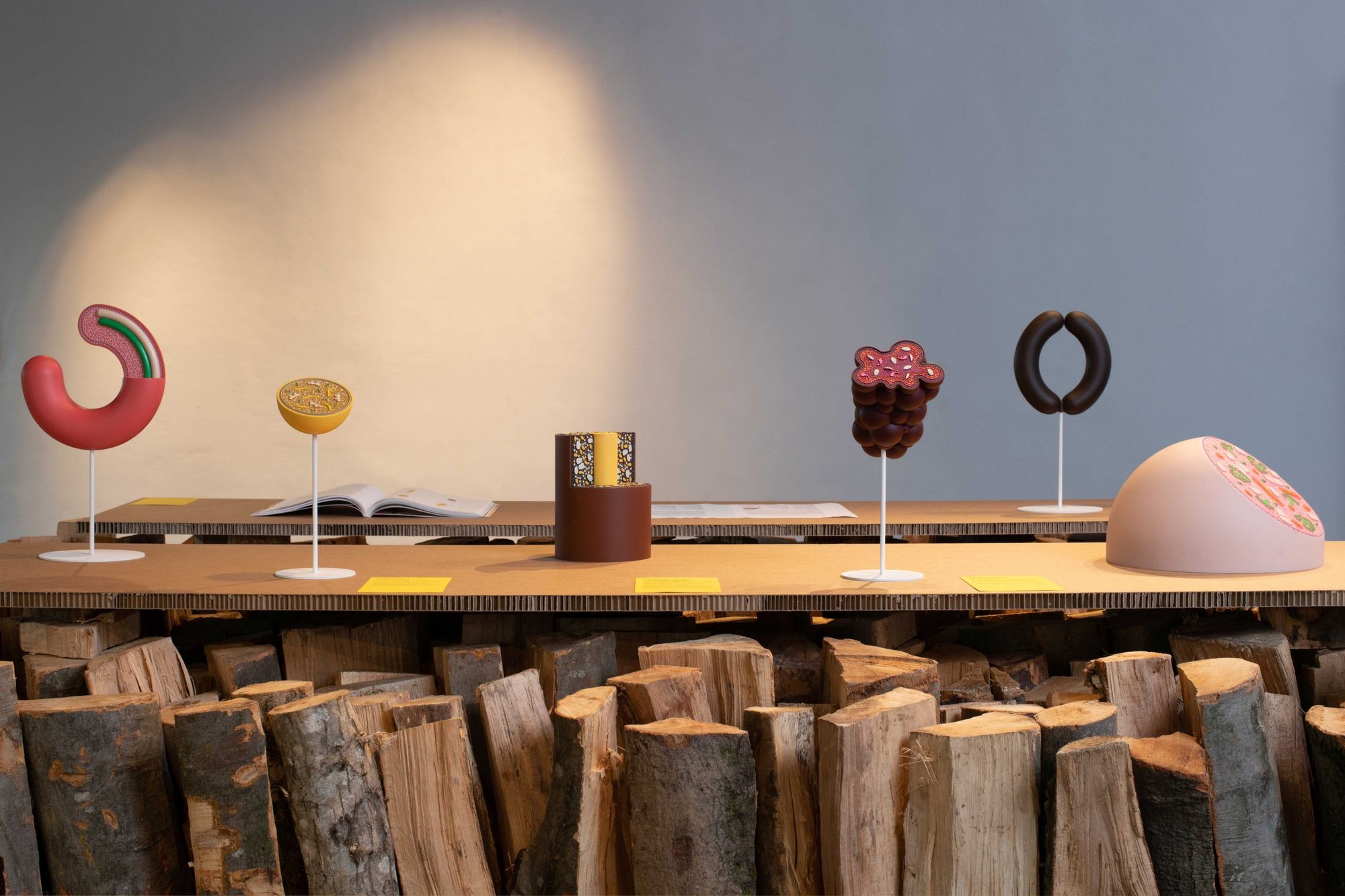
In addition to the international thematic exhibition, several other projects (so-called Production Platforms) were presented at the MAO, created by teams of designers with the help of mentors, specifically in response to the exhibition’s topic. Members explored local problems, including new ways of building with tamped earth, using buckwheat and accessing clean water. New ways of communicating culture were also studied. To preserve the legacy of Slovenian architect Jože Plečnik, one team designed objects (garments, building toys and vases) that evoke Plečnik’s design and spirit and another collective created the Futuring Toolkit a guide for anyone on how to run exhibitions and cultural institutions sustainably.
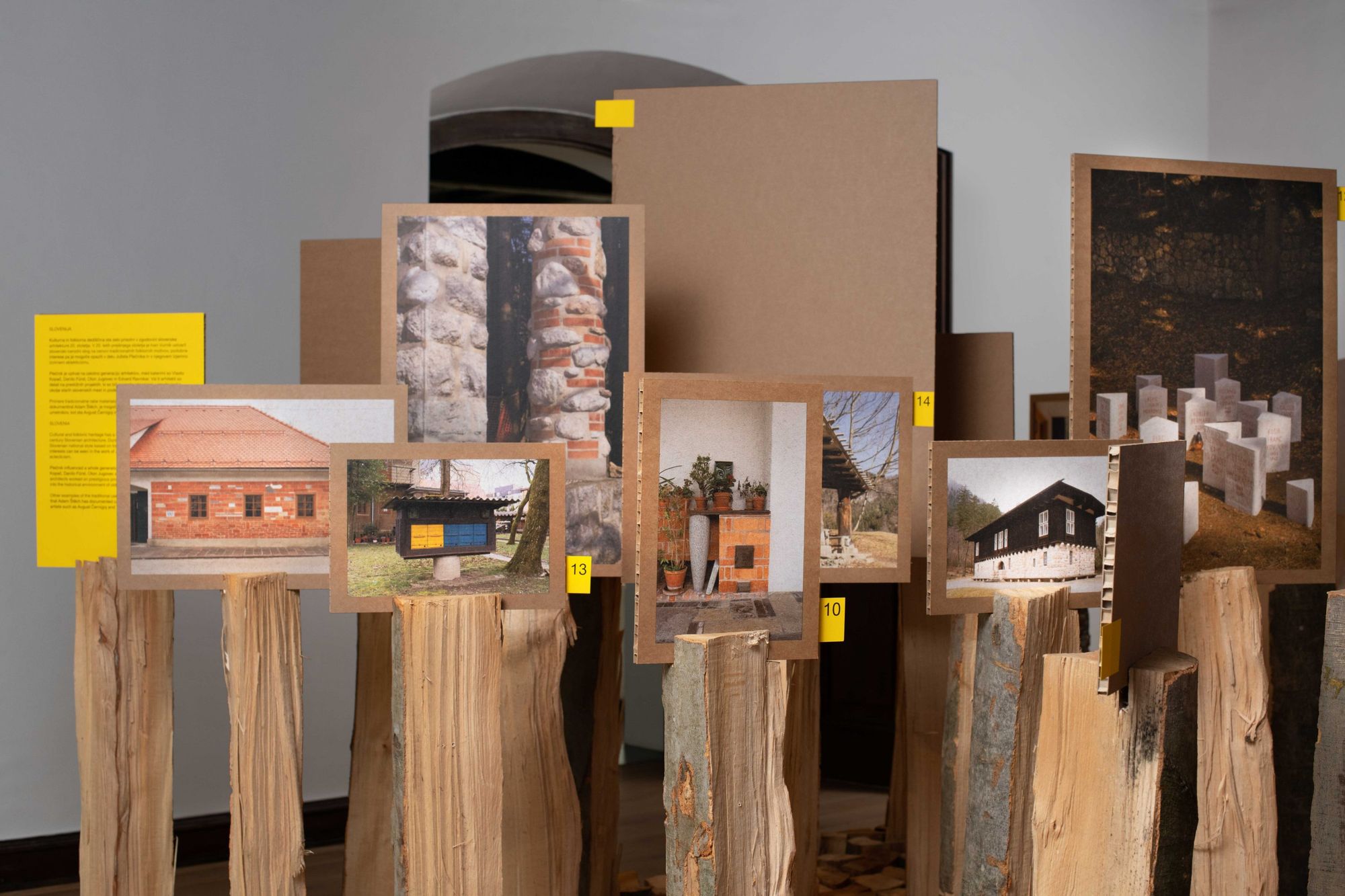
The other main venue of the Biennale this year, in addition to the MAO, is the Cukrarna, an industrial building that used to be a sugar factory and is now a contemporary art center. Here, among other things, an interactive “shopping” installation, The Ideal Eating Experience, will showcase art and design projects related to food, and the exhibition DNA of Things by Marcin Rusak, who explores the metamorphosis of flowers and their relationship with objects through speculative design. The multisensory exhibition creates a utopian atmosphere with the smell of decay, objects that can be interpreted as living archives and contemporary art video works. BIO27’s co-organizer, the Centre for Creativity, is also located in the Cukrarna building. Through a series of spaces, it showcases its work as an organization that supports local creatives. Their scholarship program is open to designers and design studios on several levels. They use the room to summarize their project ideas and present the best of the Slovenian design scene.
All in all, BIO27 has built its program on a win-win situation, a well-thought-out strategy: the main international exhibition means that most of the design scene will come to the event anyway, and while they are here, why not also discover the outstanding achievements of Slovenian design, which BIO27 and the Centre for Creativity have added to the overall Biennale program with good sense. I would make Super Vernaculars a must for all design students because of its relevance, practical orientation and innovative approach (in the not so trite sense of the word).
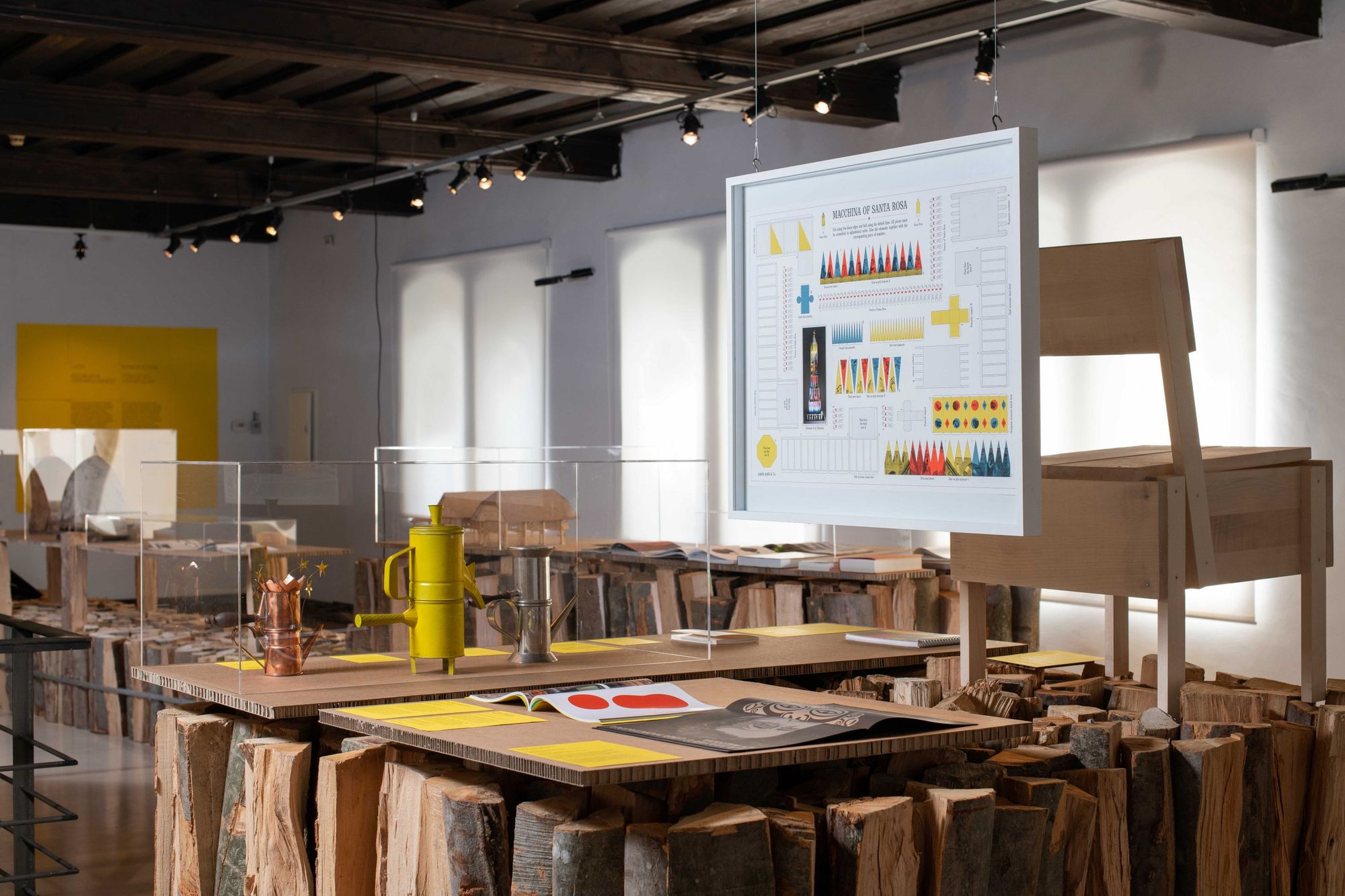
BIO27—Super Vernaculars: Design for a Regenerative Future
May 26—September 29, 2022.
MAO, Ljubljana
Photos: Urban Cerjak / MAO
BIO27 | Web | Instagram
Centre for Creativity | Web | Facebook | Instagram

Ukrainian spots from our bucket list IV.

Struggling Ukraine | The transition to democracy in our region – Part IV.
